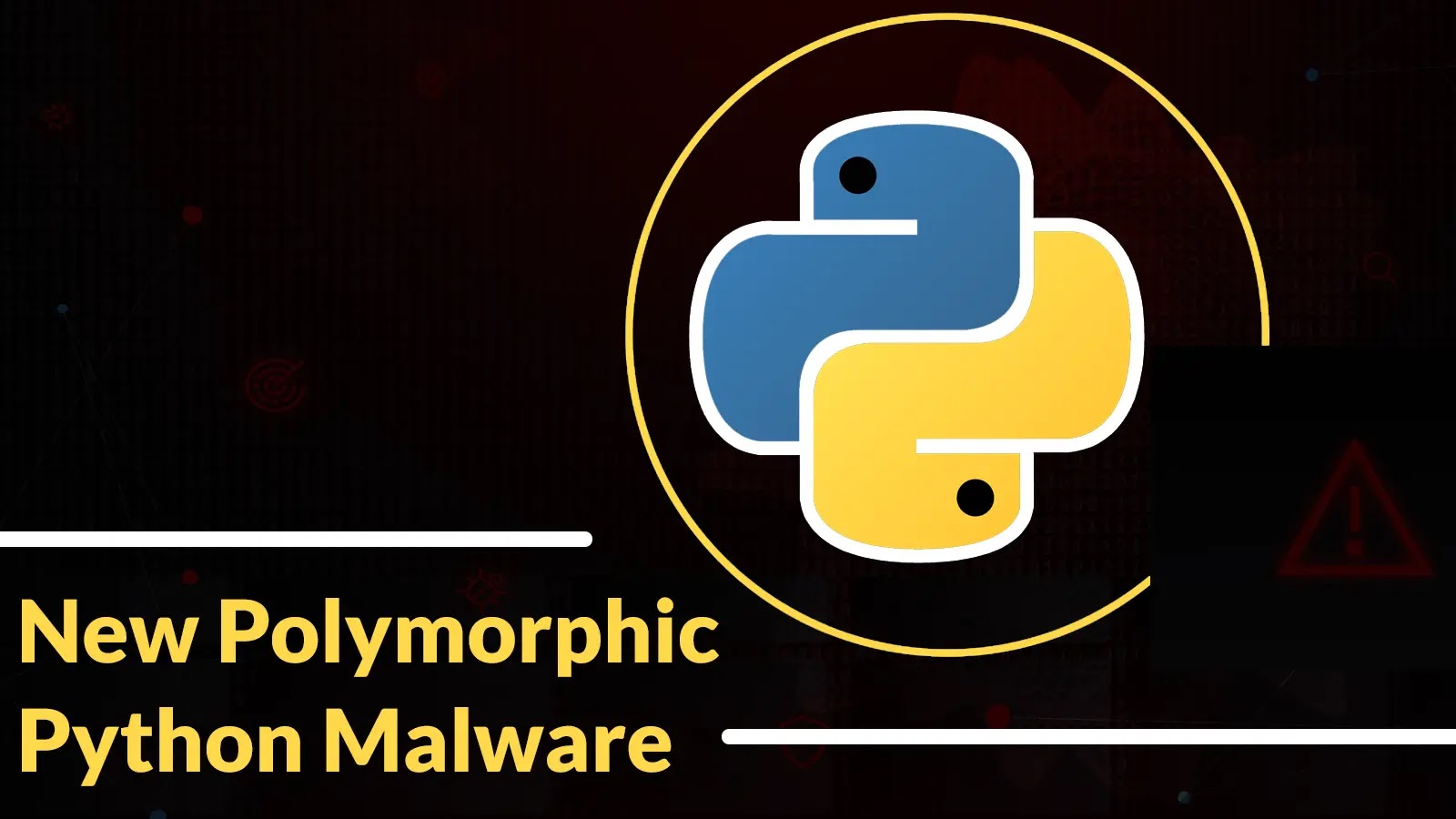A newly identified Python-based Remote Access Trojan (RAT), named nirorat.py, has been observed exhibiting advanced polymorphic behavior, altering its code signature with each execution to evade detection. Initially detected on VirusTotal, the malware achieved a low detection score of 26 out of 100, despite possessing comprehensive RAT functionalities.
Polymorphic Behavior and Detection Evasion
The malware leverages Python’s introspection and code-modification capabilities to modify critical code sections dynamically. Analysts from the Internet Storm Center identified functions within the malware’s source code—such as `selfmodifyingwrapper`, `decryptandexecute`, and `polymorphcode`—that facilitate its evasion tactics. These functions enable the malware to extract its own code from memory, apply randomized XOR-based packing, and inject superfluous code snippets before execution. This continuous mutation ensures that each execution presents a unique code signature, complicating detection by static analysis tools.
Delivery and Persistence Mechanisms
The RAT is primarily disseminated through phishing emails containing seemingly benign Python scripts and can also spread via compromised network shares. Upon execution, the malware unpacks itself entirely in memory, leaving no artifacts on the disk. To maintain persistence, it appends a copy of its mutated script to startup folders under randomized filenames. This strategy renders traditional file-hash signature-based detection methods ineffective.
Technical Analysis of Evasion Techniques
The malware’s evasion strategies are centered around two primary mechanisms: self-modification and junk-code insertion.
1. Self-Modification: At runtime, the `selfmodifyingwrapper` function retrieves the source code of a target routine using Python’s `inspect` module. It then encodes the code by XORing each byte with a random key and reconstructs it in memory before execution. This method emulates the behavior of a packer without leaving a packed file footprint on the disk.
“`python
import inspect, random, marshal, zlib
def selfmodifyingwrapper(func):
code = inspect.getsource(func).encode()
key = random.randint(1, 255)
packed = bytes(b ^ key for b in code)
unpacked = bytes(b ^ key for b in packed)
codeobj = marshal.loads(zlib.decompress(unpacked))
exec(codeobj)
“`
2. Junk-Code Insertion: The `polymorphcode` function injects randomized, unused functions, shuffled variable names, and no-operation loops into core routines. By combining variable renaming and random snippet insertion, the malware generates a virtually unique source code with each execution, undermining both static signature and heuristic detection approaches.
Implications for Cybersecurity Defense
Given these sophisticated evasion techniques, traditional signature-based detection tools are rendered nearly ineffective against this threat. Cybersecurity defenders are advised to adopt behavioral analysis and real-time monitoring strategies to detect and mitigate such advanced polymorphic malware. This approach involves observing the behavior of applications and processes in real-time to identify anomalies indicative of malicious activity, rather than relying solely on static signatures.
Conclusion
The emergence of nirorat.py underscores the evolving landscape of cyber threats, where malware authors employ advanced techniques to evade detection. The use of Python’s dynamic features to create polymorphic malware presents significant challenges to traditional cybersecurity defenses. Organizations must enhance their security posture by implementing advanced detection mechanisms that focus on behavioral analysis and real-time monitoring to effectively combat such sophisticated threats.



